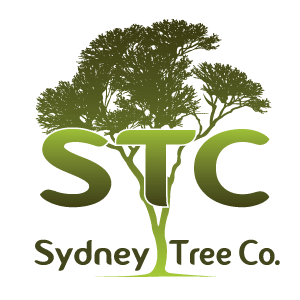Autumn is an ideal time for “dead wooding.” This involves removing dead branches or those that are dying, usually due to injury. Such branches are not usually cause for concern. They have most likely been snapped by high winds or an animal climbing through the tree. While they are not cause for alarm as far as the tree’s overall health is concerned, they can become very hazardous. When strong winds and storms blow through in the winter, these branches may be knocked down on a walking path, driveway or vehicle or blown through a window.
Spring is also an excellent time to inspect trees to determine how well they stood up to the winter weather. Cracked and weakened branches should be removed to prevent hazards and possible damage to the tree from disease and insect infestation. Nicks and cracks in the bark are open invitations to fungal spores, bacteria and boring insects. A branch that has been cracked or injured should be removed completely all the way back to the branch collar.
Anytime signs of disease or insect infestation are detected, pruning should be seriously considered. In this case, an Arborist with an AQF Level above 3 should be called in to inspect the tree and determine if pruning should be done. These Arborists are specialists with education and experience in recognizing tree diseases. They know the best treatment to administer to save the tree and when the tree cannot be saved.
For basic seasonal pruning and dead wooding, an Arborist with an AQF Level 3 can handle the job. They are well educated and experienced with climbing trees, recognizing which branches need to be removed and removing them properly. Keep in mind that all pruning must be done by a qualified Arborist in accordance with Australian Standards. Permission from the City of Sydney is usually required but may not be. The Arborist should know if a permit is necessary or not. It depends on the tree species, size and whether or not it is listed on the City’s Register of Significant Trees.

